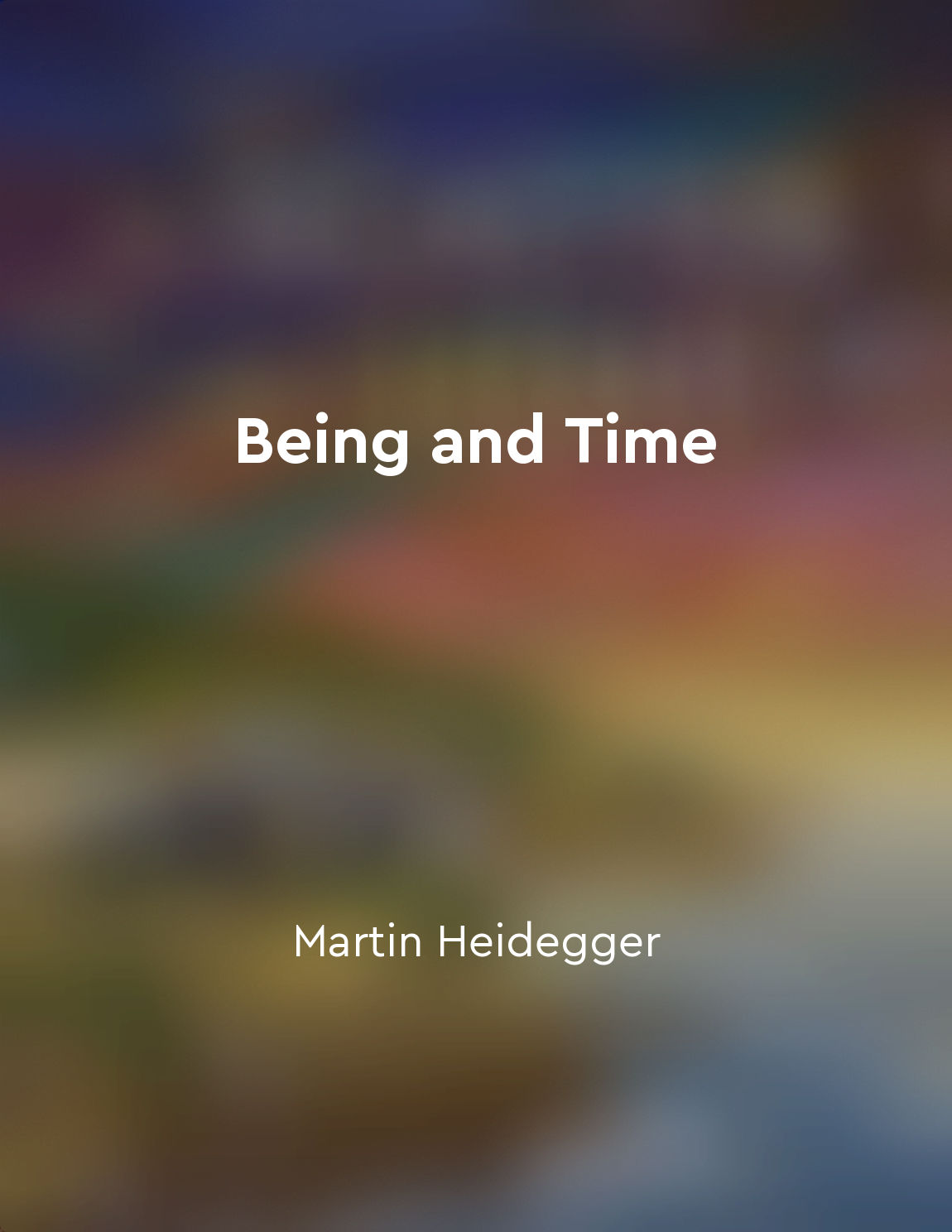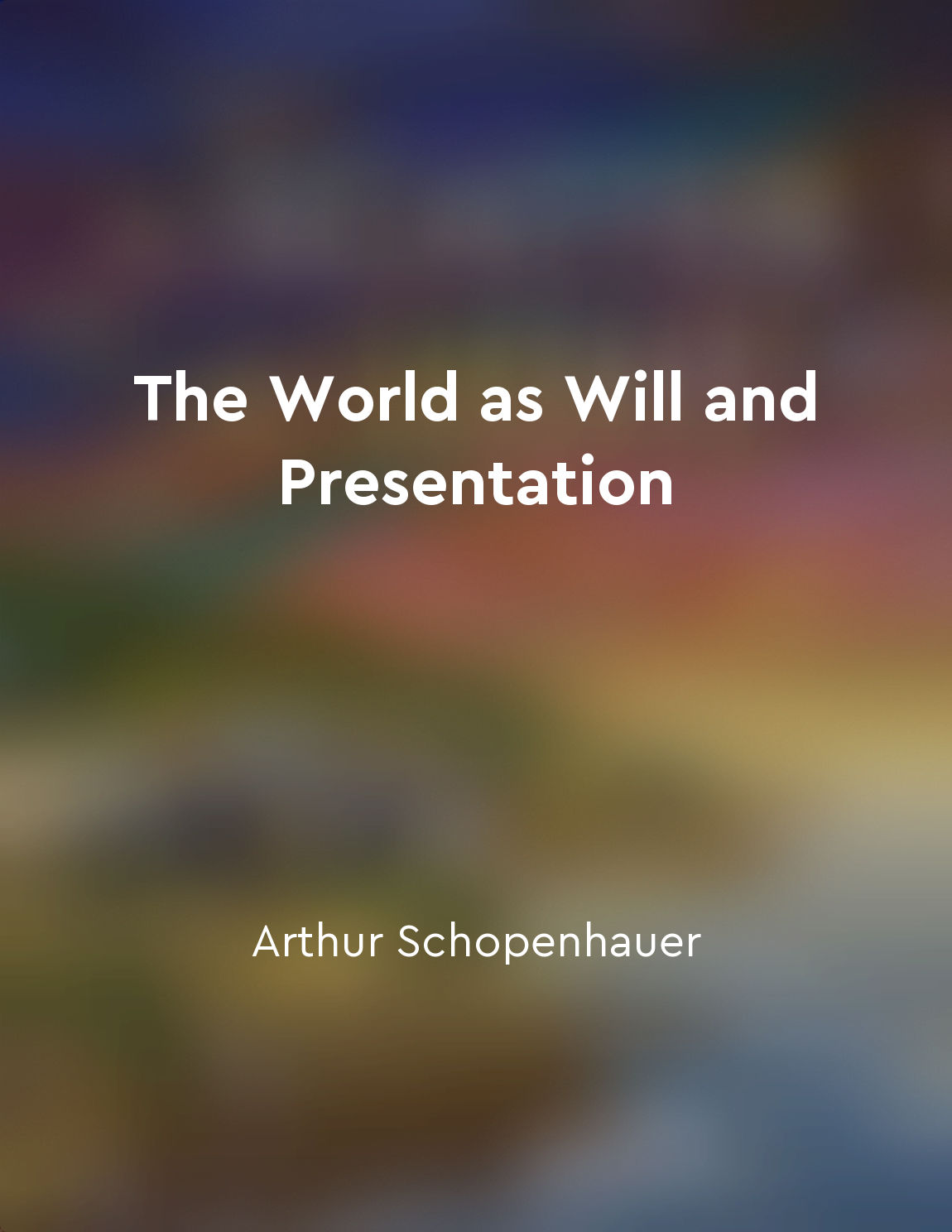Deconstructing presence and absence from "summary" of Derrida and Deconstruction by Hugh J. Silverman
Derrida's exploration of presence and absence is a central theme in his deconstructive philosophy. He challenges the traditional binary opposition between presence and absence, arguing that these concepts are not fixed and stable, but rather fluid and interconnected. Derrida suggests that presence is always haunted by absence, and that absence is always present in some form. For Derrida, presence is often privileged over absence in Western metaphysics, with presence being associated with truth, reality, and being. However, Derrida argues that presence is never pure or complete, but is always contaminated by absence. This is because presence is always deferred or postponed, leading to a never-ending play of presence and absence. Derrida's deconstruction of presence and absence involves questioning the assumptions and hierarchies that underlie these concepts. He shows how presence and absence are mutually constitutive, with each relying on the other for their meaning and existence. By deconstructing the opposition between presence and absence, Derrida reveals the instability and complexity of these concepts. Through his deconstructive approach, Derrida challenges the idea that presence is the ultimate reality, arguing instead for a more nuanced understanding of the interplay between presence and absence. He shows how presence is always marked by absence, and how absence is always present in the very structure of presence. In deconstructing presence and absence, Derrida disrupts the traditional binary oppositions that have shaped Western thought. He invites us to rethink our assumptions about truth, reality, and meaning, and to consider the ways in which presence and absence are intertwined in the fabric of our existence. Derrida's deconstruction of presence and absence opens up new possibilities for thinking about language, identity, and the nature of reality.Similar Posts
Discussion on Infinity
The concept of infinity has been a subject of much debate and discussion among philosophers and mathematicians for centuries. I...
Body's impermanence highlighted
The human body is a complex and intricate system, constantly changing and evolving. Anil Ananthaswamy's exploration of the body...
Each character in the building has a story
In the meticulously arranged layout of the building at 11 Rue Simon-Crubellier, every room, every object, every detail tells a ...

Temporality shapes our understanding of self
The self is not a static entity that exists in isolation. Rather, it is a dynamic and evolving entity that is fundamentally int...
Power can be gained through building alliances and networking
In the world of power dynamics, the ability to build alliances and network effectively can be a potent tool for gaining power. ...
Disillusionment with reality
The feeling of being out of touch with reality is a heavy burden to bear. It creeps up on you slowly, like a shadow in the nigh...

The world is a reflection of our inner selves
In the depths of our being lies the essence of our existence, the will that drives us forward in the world. This will, accordin...
The concept of being is not easily defined
The concept of being is a fundamental aspect of human existence that has puzzled philosophers for centuries. The question of wh...
Final journey to Kushinagar
As the time of his departure drew near, the Blessed One made his way slowly to the city of Kushinagar. The people of the city, ...
Embracing solitude can lead to a deeper understanding of oneself
The idea that spending time alone can facilitate a more profound apprehension of oneself is hardly new. Throughout the ages, po...
